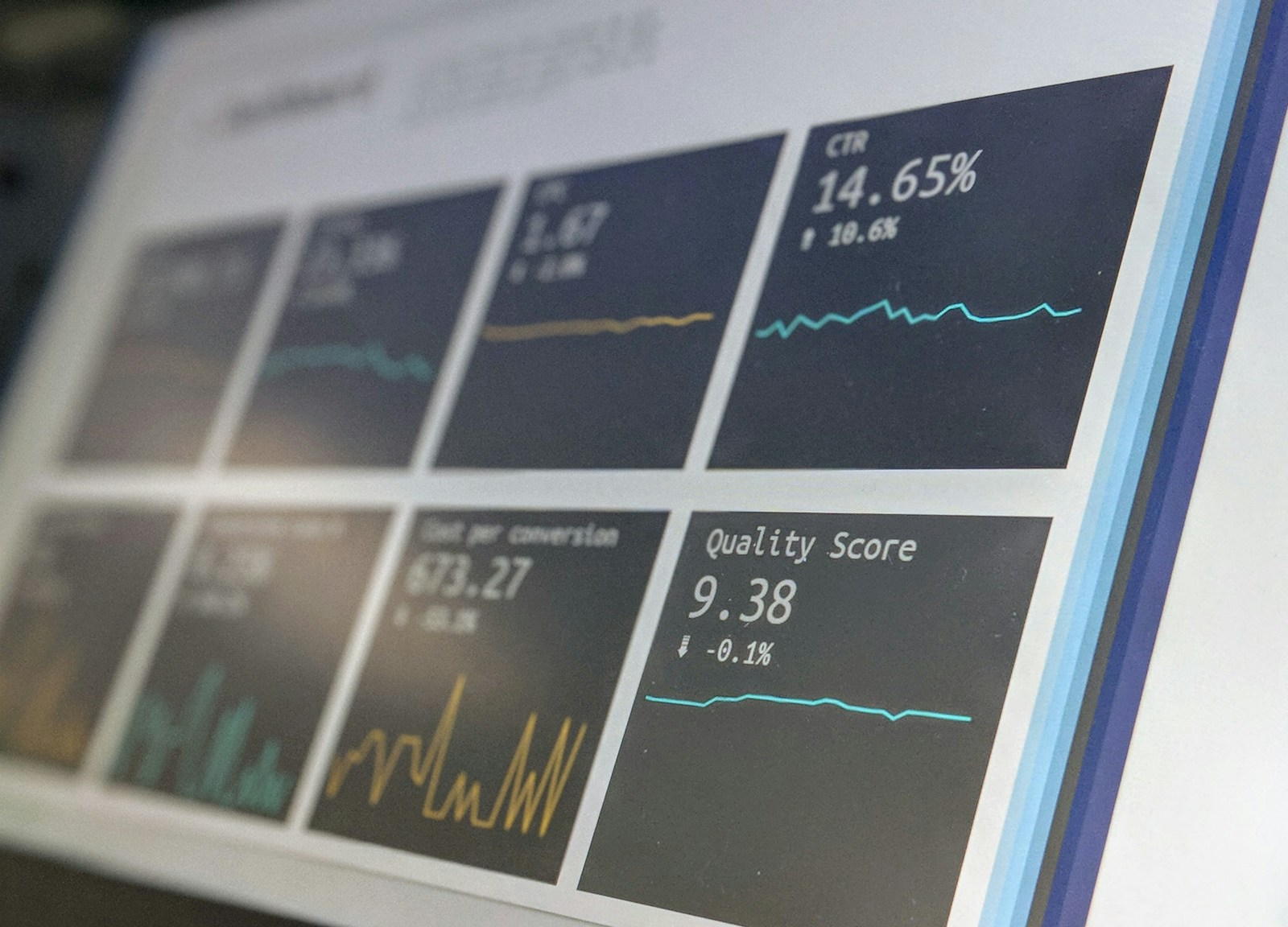When it comes to running a successful business, financial forecasting is not just a buzzword—it’s an essential practice that allows companies to make informed decisions about their future. By analyzing historical data and anticipating future trends, businesses can navigate uncertainties more effectively and bolster their financial health. In this article, we’ll delve deep into the importance of financial forecasting, its methodologies, and actionable strategies for your business.
What is Financial Forecasting?
Financial forecasting is the process of estimating a business’s future financial performance based on historical data and market trends. It involves projecting revenues, expenses, and cash flows over a specific period, which can range from months to several years.
Effective forecasting uses quantitative and qualitative data, enabling businesses to plan strategic initiatives, manage resources, and assess risks in their operations.
Why is Financial Forecasting Important?
1. Informed Decision-Making: Accurate forecasts empower business leaders to make data-driven decisions, involving budgeting, resource allocation, and strategic planning.
2. Risk Management: By anticipating potential financial difficulties, businesses can take proactive measures to mitigate risks, ensuring greater stability.
3. Cash Flow Management: Forecasting helps businesses determine when they will receive inflows or face outflows of cash, crucial for maintaining liquidity.
4. Investment Attraction: Investors and stakeholders often look for clear financial forecasts to evaluate a company’s potential for growth and profitability.
Types of Financial Forecasting Methods
Businesses can utilize various methods for financial forecasting, including:
1. Historical Method
This method relies on historical records and trends to predict future performance. Analyzing past sales data, costs, and profits allows businesses to create estimates based on established patterns.
2. Quantitative Forecasting
Quantitative models use mathematical calculations and statistical analyses for forecasting. This includes using techniques such as regression analysis, where historical data is mapped to variables to predict future outcomes.
3. Qualitative Forecasting
This method relies more on expert opinions and market research rather than numerical data. It’s especially useful when entering new markets or when historical data is limited.
4. Moving Average
In this method, average sales over a specified number of periods are calculated to smooth out fluctuations and highlight trends. It’s particularly useful for identifying short-term patterns.
5. Delphi Method
This qualitative forecasting method involves soliciting expert opinions and inputs from stakeholders multiple times. Feedback is gathered anonymously to reach a consensus.
Steps to Create an Effective Financial Forecast
To achieve reliable financial forecasts, businesses can follow these key steps:
Step 1: Set Clear Objectives
Determine what you want to achieve with your forecasting efforts, such as budgeting, sales targets, or long-term investment strategies.
Step 2: Gather Historical Data
Collect relevant historical data surrounding sales, expenses, and industry trends. This may include data from previous years, market reports, and competitor analysis.
Step 3: Choose Forecasting Method
Select an appropriate forecasting method or a combination of methods based on the data available and the specific needs of your business.
Step 4: Draft the Forecast
Utilize the chosen method to create initial projections. Factor in qualitative insights for added depth.
Step 5: Review and Adjust Regularly
Business conditions change, and forecasts should be flexible. Review forecasts regularly and adjust them based on new information, market shifts, and the actual performance of your business.
Challenges of Financial Forecasting
While forecasting is valuable, it comes with its set of challenges:
- Data Accuracy: Poor or incomplete data can lead to inaccurate forecasts.
- Market Volatility: Unforeseen economic changes can render forecasts unreliable.
- Human Bias: Forecasts based on subjective opinions can introduce bias into the planning process.
Conclusion
Financial forecasting is a vital process for any business looking to thrive and succeed in a competitive landscape. By harnessing data to predict future performance, companies can strategically plan, allocate resources effectively, and manage risks. Regularly revisiting and adjusting forecasts ensures businesses remain agile and capable of navigating the ever-changing market dynamics.
If you’re interested in learning more about how to incorporate effective financial forecasting into your business strategy, connect with Local Outsourced Accounting Department today.


